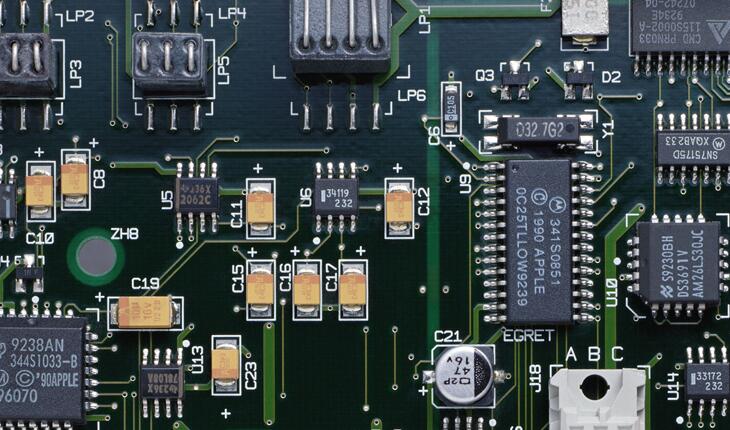Problem analysis in the process of PCB pretreatment
The PCB pre-processing process greatly affects the progress of the manufacturing process and the pros and cons of the process. This article analyzes the problems that may be caused by the human, machine, material, and material conditions in the PCB pre-processing process to achieve better results. The purpose of effective operation.
1. The process of pre-processing equipment will be used, such as: inner layer pre-processing line, electroplating-copper pre-processing line, D/F, solder mask (solder mask)... etc.
2. Take the hard board PCB solder mask (solder mask) pre-treatment line as an example (different depending on the manufacturer): Brush grinding * 2 groups -> water washing -> pickling -> water washing -> cold air knife -> drying section ->Solar disc rewinding->discharge rewinding.
3. Gold steel brushes with brush wheels #600 and #800 are generally used, which will affect the roughness of the board surface and then the adhesion of the ink to the copper surface. However, if the brush wheel is used for a long time, if the product is not placed on the left and right sides, it is easy to produce dog bones, which will cause uneven roughening of the board and even deformation of the circuit. After printing, the copper surface has a different color difference from the INK., So the entire brushing operation is required. Before the brushing operation, a brush mark test is required (for D/F, the water breaking test is required), and the width of the brush mark is about 0.8~1.2mm, depending on the product. There are differences. Update After brushing, the level of the brush wheel needs to be corrected, and lubricating oil needs to be added regularly. If the water is not boiled during the brushing, or the spray pressure is too small and the fan-shaped mutual angle is not formed, it is easy to produce copper powder. A slight copper powder will cause a micro short circuit (closed line area) or unqualified high-voltage test during the finished product test. Physical and emotional.

Another problem that is likely to occur in the pre-treatment is the oxidation of the board surface, which will cause bubbles on the board or cavitation after H/A.
1. The position of the solid water retaining roller in the pre-treatment is wrong, causing excessive acid to the washing section. If the number of washing tanks in the subsequent section is insufficient or the amount of water injected is insufficient, it will cause acid residue on the board.
2. Poor water quality or impurities in the washing section will also cause foreign matter to adhere to the copper surface.
3. If the water absorption roller is dry or saturated with water, it will not be able to effectively take away the water on the product, which will make the residual water on the plate and the residual water in the hole too much, and the subsequent air knife will not be able to fully function At this time, most of the cavitations caused will be in the form of tears on the side of the via hole.
4. When the board temperature is still at the time of discharging, the board will be stacked up, which will oxidize the copper surface in the board.
Generally speaking, a PH detector can be used to monitor the PH value of the water, and to measure the residual temperature of the PCB board surface with infrared rays. A solar disk reeling device is installed between the discharge and the stacked rewinding plate to cool the board, and the water absorption roller Wetting needs to be specified. It is best to have two sets of suction wheels for alternate cleaning. The angle of the air knife needs to be confirmed before daily operation, and attention should be paid to whether the air duct of the drying section falls off or is damaged.